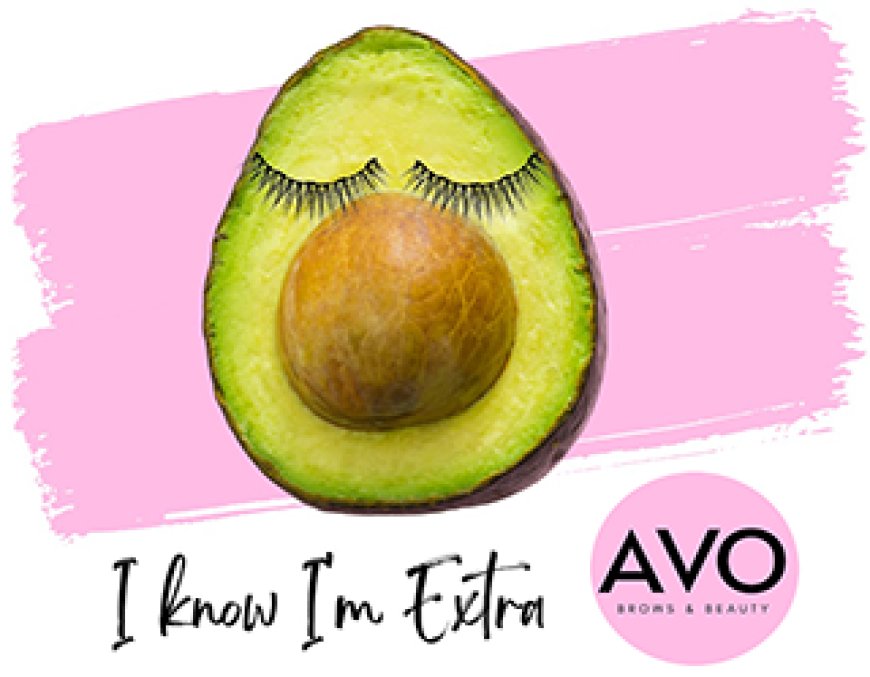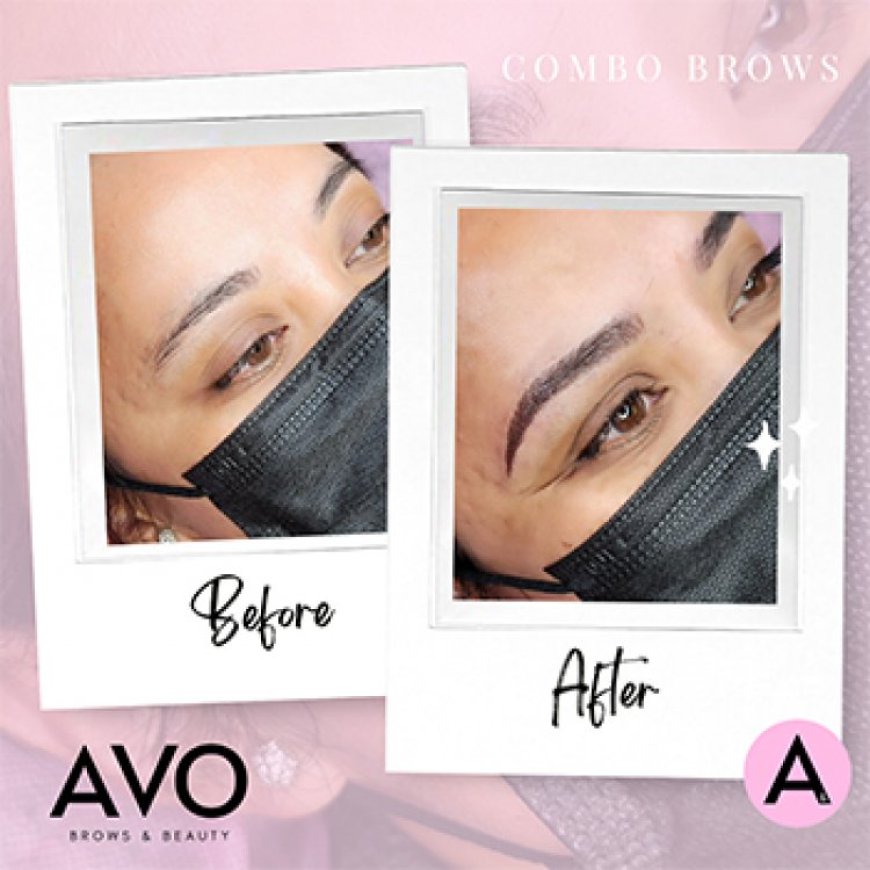Is sun damage from a California outdoor lifestyle reversible?



If you thought smoking, drinking alcohol and poor sleep habits were prime skin-damaging culprits, you wouldn’t be wrong. However, sun is by far the biggest contributor to skin damage.
The warmth of the sun’s rays may feel good on your skin, but years of spending time outdoors or lounging in the sun inevitably take a toll. According to the Skin Cancer Foundation, the sun is responsible for approximately 90% of external aging.
There are numerous skin care products and treatments available on the market that promise not only to repair the skin but also to reverse sun damage. But are these claims too good to be true? Is there truly a way to turn back the clock on sun-damaged skin?
What causes sun damage?
To fully grasp sun damage — also referred to as photoaging — you need to understand what causes it: ultraviolet (UV) rays. The sunlight that reaches the Earth has ultraviolet A (UVA) and ultraviolet B (UVB) rays. UVA and UVB rays differ from each other in two ways: the length of their waves and how deeply they penetrate the layers of the skin.
UVA rays — These sun rays penetrate deep into the skin and are known to cause premature aging and wrinkles. They may also play a role in certain types of skin cancers. Shorter-wavelength UVA rays can penetrate the skin’s inner layers and are far more prevalent, comprising about 95% of the UV radiation that reaches the Earth’s surface.
UVB rays –The vast majority of UVB radiation is absorbed by the epidermis, or the outermost layer of the skin. UVB rays may not penetrate the skin as deeply as UVA, but they can cause significant damage to the top layers of the skin and are the primary cause of sunburns and most skin cancers.
What damage can UV rays cause?
When ultraviolet light hits unprotected skin, it causes DNA changes at a cellular level that can lead to premature aging and skin cancer. It can also lead to changes in the skin’s texture and appearance by damaging epidermal cells, resulting in pink, scaly, rough areas known as actinic keratoses.
Repeated sun exposure breaks down the mesh of collagen fibers and slows production of elastin, resulting in fine lines and deeper wrinkles. If there is sufficient sun damage, skin can develop red or pigmented cancerous bumps.
So, is it reversible — or not?
After years of UV exposure, you may be left with some unwanted souvenirs. Common signs of sun damage include fine lines and wrinkles, dark spots, visible fine blood vessels and rough, uneven skin texture.
Sun damage is reversible to some extent, but you can’t completely undo the changes to your skin. However, there are a few products and treatments that may help improve sun-damaged skin:
Retinoids — Topical retinoids can help improve the appearance of surface wrinkles, fine lines and dark spots. Tretinoin, commonly known by its brand name Retin-A, is a prescription-strength retinoid that help stimulate the production of new collagen and elastin. The over-the-counter option is retinol, which is available in various concentrations and formulations. Both are derived from vitamin A and promote faster skin cell turnover.
Laser treatments — There are several in-office laser treatments that can improve sun-damaged skin. Photodynamic therapy (PDT) is a treatment that uses blue light exposure to activate a topical drug. Though there may be some cosmetic benefits, PDT is a treatment that targets precancerous skin cells and can help to reduce epidermal damage and treat precancerous lesions.
Chemical peels –Chemical peels remove the outer layer of skin with a chemical solution. The outer layer of skin is shed, revealing a new layer underneath. An in-office chemical peel treatment can reduce dark spots, diminish the appearance of wrinkles, and improve discoloration and skin texture.
It’s most important to note, though, that preventing sun damage is easier than reversing it. The best way to protect your skin is to build sun protection habits into your daily routine as early in life as possible. My top recommendation is to use a broad-spectrum sunscreen with an SPF of 30 or higher daily.
Dr. Curt Littler is a board-certified dermatologist with Sharp Rees-Stealy Medical Group.










